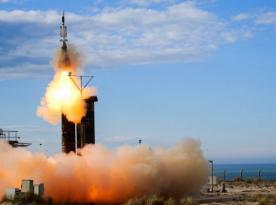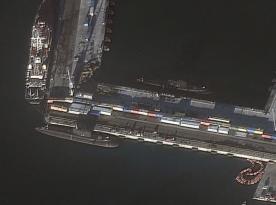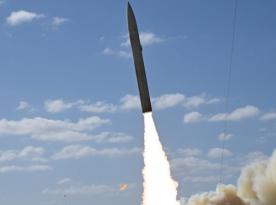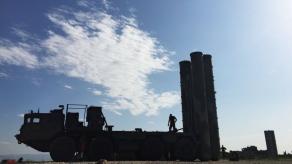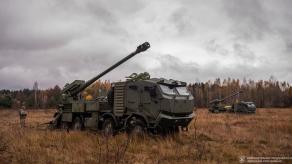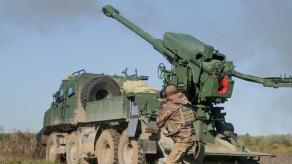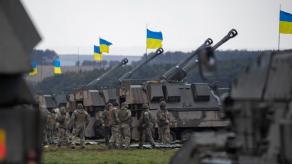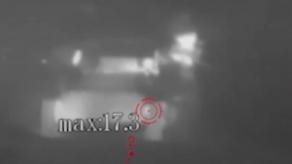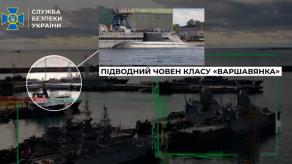While France is considering to start developing its own ballistic missile with an attack range approaching 1,000 km, it would be appropriate to mention how in the 1980s this country developed a fairly advanced surface-to-surface missile system called Hadès, named after the ancient Greek god of the underworld.
The approach to development and the design solutions laid down in the Hadès short-range ballistic missile (SRBM) system are still relevant nowadays — even though the history of this missile itself is just another illustration of how Europe has forgotten that a peaceful sky above its head does not come at zero cost.

The story of Hadès begins in the mid-1970s, when France decided to start designing a replacement for the Pluton complexes that existed back then, the latter had a range of 120 km and a hit accuracy within 150 meters from the aiming point. But formally, the development, which was led by Aerospatiale (now part of Airbus), started only in 1984, and the first launch was made in 1988.
While the range of the new missile was initially expected to reach 250 km, it started to increase already at the development stage: first up to 350 km, then up to 450 km, and, according to some sources, all the way to 500 km. Simultaneously, the outlines of the system's appearance began to become clear: it would be a solid-fuel single-stage rocket with a vertical container launch, and the platform would be a transporter-erector-launcher on a truck chassis carrying two missiles.
The product had a number of very important features. For example, its flight trajectory remained within the atmosphere, which made Hadès somewhat similar to air-launched ballistic missiles. This also allowed the system's flight controls to change its trajectory during the midcourse of the flight, and to actively maneuver during the terminal stage, evading enemy missile defense systems.
The weapon was quite modest in size: 7.5 meters long and 0,53 m in diameter, with a total launch weight of 1,850 kg (alternative sources: 7.3 meters, 0,52 m, and 2,158 kg, respectively).

It was supposed to serve as a carrier for the TN 90 nuclear warhead carrier with a yield of 80 kT. Although already in the early 1990s, a variant with a conventional warhead tailored against highly protected objects was considered. For this purpose, they planned to equip Hadès with a satellite navigation system and/or an optical contrast seeker (DSMAC principle with a reference image of the target), which was supposed to ensure a hit accuracy within 5 meters. But the greater weight of the warhead reduced the range down to 250 km.
Hadès launch system had a modern digital fire control system and a minimum number of operators needed for operation. In addition, the TEL was disguised as an ordinary military truck with a canopy.

Hadès was not planned to be mass-produced, because its primary role was nuclear warhead carrier, and therefore even the 120 missiles slated for production were a significant force. However, the Cold War ended before the system had completed all the tests for acceptance into service in 1992, and the plans changed.
In total, only 15 launchers and 30 missiles were manufactured, which were never deployed ready to use in combat. In 1996, the then-President of France Jacques Chirac reformatted the French nuclear forces and dismissed Hadès for disposal, which was completed by June 23, 1997.
And just 2 years and 2 months later, the russian federation demonstrated its Iskander SRBM system at the MAKS exhibition. Carrying a 3.8-ton 9M723 ballistic missile with a range of 500 km, the russian missile also had a flight trajectory similar to that of an air-launched ballistic missile and it was capable of maneuvering in the terminal stage, integrated with satellite navigation and, optionally, a radar homing or an optical seeker.





